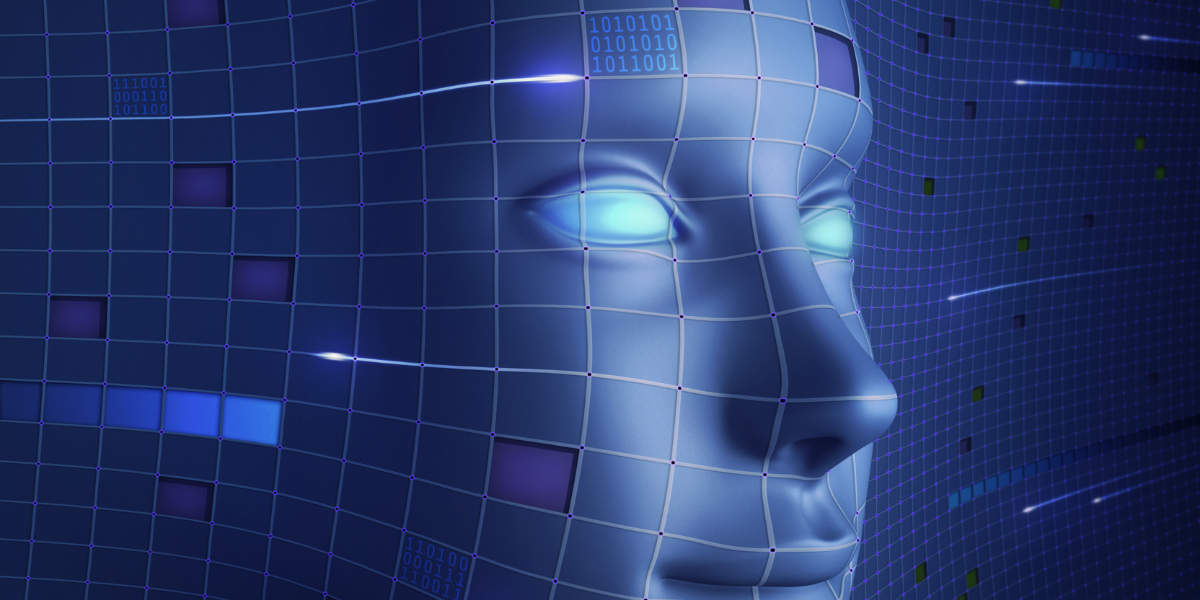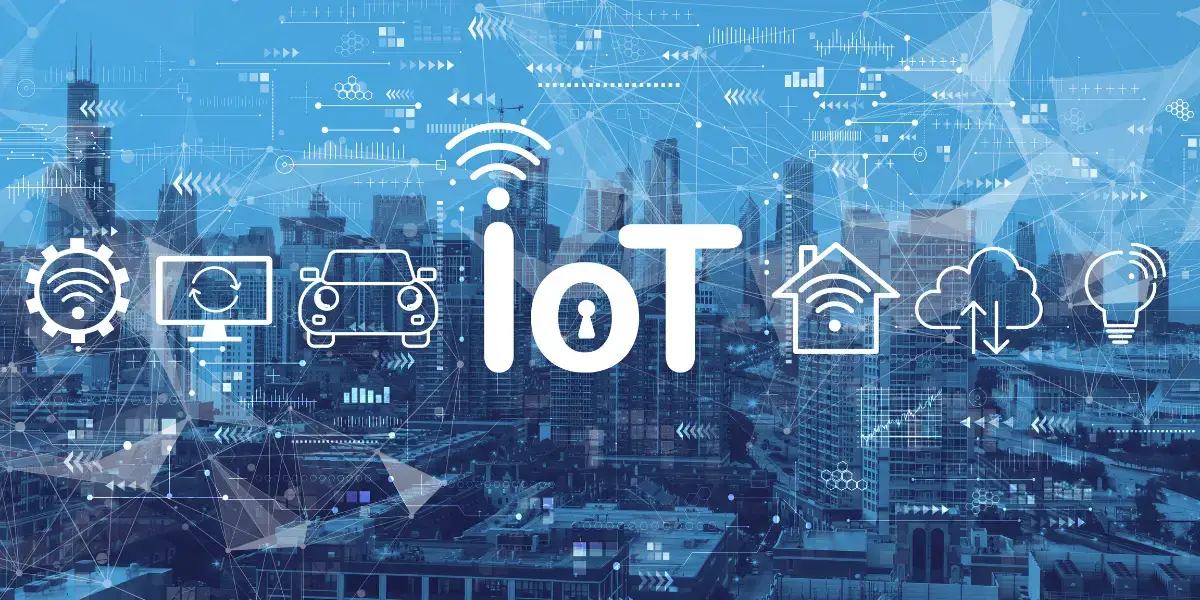Deepfake technology, a blend of “deep learning” and “fake,” refers to AI-generated media designed to mimic real individuals with high precision. Leveraging advanced artificial intelligence (AI), particularly Generative Adversarial Networks (GANs), deepfakes create hyper-realistic videos, images, and audio that are often indistinguishable from genuine content. This technology presents both opportunities and threats, making it essential to understand its mechanisms and detection methods.
How Deepfakes Are Created
Deepfake generation involves training AI models on vast datasets containing images, videos, or audio recordings of a target person. GANs operate through two neural networks:
The Generator: Creates synthetic media.
The Discriminator: Evaluates the authenticity of the generated content.
Through iterative competition, the generator improves, ultimately producing convincing deepfakes. These models can replicate facial expressions, voice tones, and even mannerisms, making them a powerful tool for both creative and deceptive applications (Wikipedia).
The Risks and Ethical Concerns
While deepfake technology has legitimate uses in film production, digital art, and education, its misuse presents severe risks:
Misinformation and Fake News – Manipulated videos of public figures can spread false information, influencing elections and public opinion (Argaam).
Fraud and Identity Theft – Cybercriminals use deepfakes to impersonate individuals for financial scams and unauthorized access to sensitive systems (ComplyCube).
Erosion of Trust – As deepfake quality improves, it becomes harder to distinguish reality from fabrication, challenging journalistic integrity and legal evidence (IJNet).
How to Detect Deepfakes
As deepfake technology evolves, detecting manipulated content requires a combination of AI-powered tools and human scrutiny.
- AI-Powered Detection Tools
FakeCatcher by Intel: Uses subtle blood flow analysis in facial features to identify deepfake videos with a 96% accuracy rate (El Watan).
WeVerify: A cross-verification tool that examines media authenticity using metadata analysis.
- Manual Detection Techniques
Unnatural Facial Movements – Look for inconsistent blinking, lip-syncing issues, or unnatural expressions.
Lighting and Shadows – In deepfake videos, lighting and shadows often appear inconsistent.
Metadata Analysis – Checking file metadata can reveal discrepancies indicating manipulation (Argaam).
The Role of EuroClick in Deepfake Awareness
As a leading platform for digital insights, EuroClick is dedicated to raising awareness about deepfake technology, providing up-to-date research on its implications, and sharing detection strategies. Our commitment to enhancing digital literacy and cybersecurity ensures that individuals and businesses can safeguard themselves against AI-driven threats.
Deepfake technology represents both a remarkable innovation and a significant digital threat. Understanding how deepfakes are created, the risks they pose, and how to detect them is essential for maintaining trust in digital content. EuroClick continues to be a key player in educating users on AI-driven manipulations and promoting responsible digital practices.



